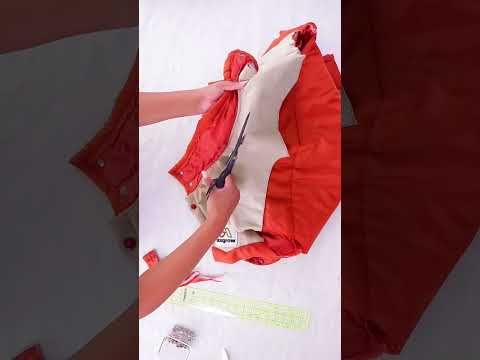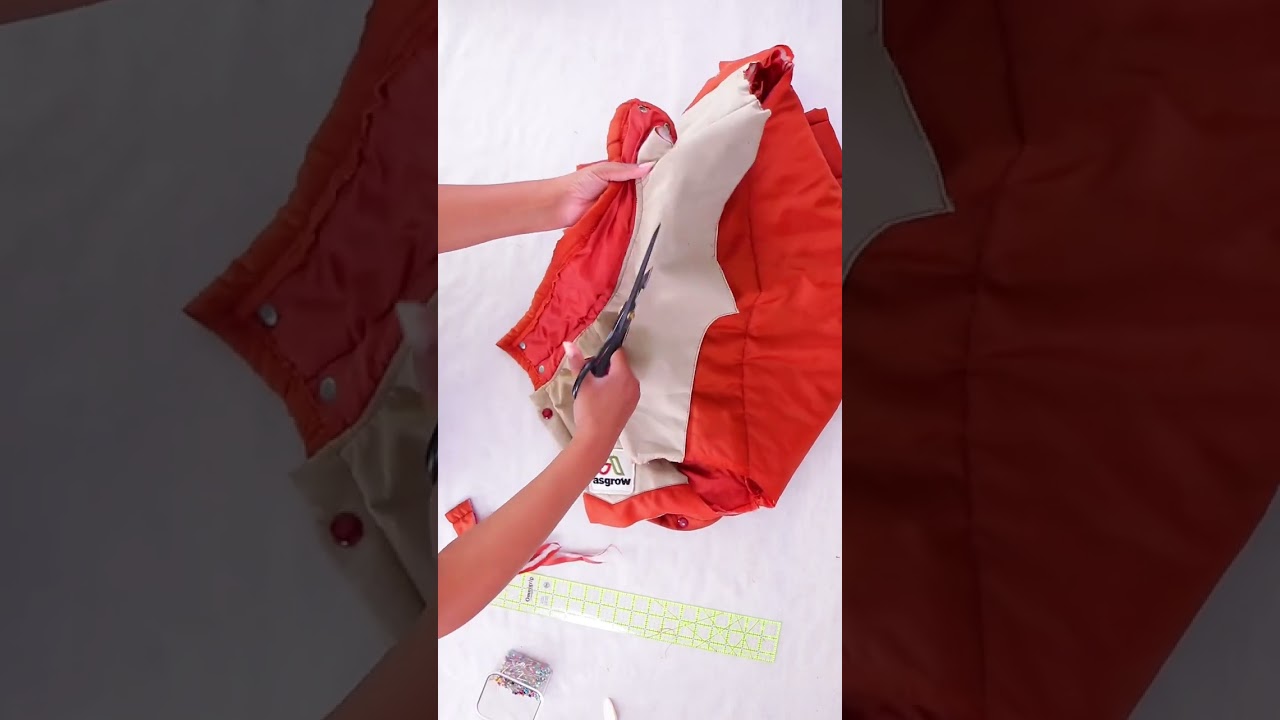Puffer fabric is the epitome of innovation in the world of textiles. Crafted with meticulous attention to detail, this extraordinary fabric boasts a unique blend of functionality, comfort, and style. Its insulating properties make it the perfect choice for those chilly winter days when you need an extra layer of warmth. The secret lies in its quilted design, which creates small pockets of air that trap heat and keep you cozy even in the most frigid temperatures.
But puffer fabric is not just about practicality; it’s a fashion statement in its own right. Its voluminous nature adds a touch of drama to any outfit, effortlessly elevating your style game. Whether you’re strolling through the city streets or hitting the slopes, puffer fabric ensures you never have to compromise on either fashion or function.
Moreover, this remarkable fabric is incredibly lightweight and breathable, making it ideal for active individuals who value both comfort and performance. Its water-resistant properties make it a reliable choice to brave the elements, protecting you from unexpected rain showers or snowfall.
With puffer fabric, you can embrace the winter season with confidence, knowing that you’re wrapped in a fabric that not only keeps you warm and dry but also keeps you on-trend. So, why settle for ordinary when you can embrace the extraordinary with puffer fabric? Experience the perfect blend of fashion and functionality, and step out in style like never before.

The Evolution of Puffer Fabric: From Functionality to Fashion
In recent years, puffer fabric has become a staple in the fashion industry due to its unique combination of warmth, comfort, and style. Originally designed for functionality, this fabric has evolved significantly to cater to the ever-changing demands of consumers. In this article, we will explore the history, properties, and uses of puffer fabric.
The Origins of Puffer Fabric
The concept of puffer fabric can be traced back to the early 20th century when Eddie Bauer, a renowned outdoor enthusiast, encountered a life-threatening experience while on a fishing trip. Struggling to survive in freezing temperatures, Bauer was inspired to create a jacket that could provide superior insulation.
After extensive research and experimentation, Bauer developed the first puffer jacket filled with down feathers. The unique quilted design ensured that the feathers remained evenly distributed, effectively trapping body heat and providing exceptional warmth. This marked the birth of puffer fabric.
The Properties of Puffer Fabric
Puffer fabric is primarily known for its remarkable insulating properties. The quilted design of this fabric creates small pockets of air that act as natural insulators, preventing heat loss and keeping the wearer warm even in extreme conditions. Additionally, the down feathers used in puffer fabric are highly efficient at retaining heat, making it an excellent choice for cold weather garments.
Furthermore, puffer fabric is extremely lightweight and compressible, allowing for easy storage and transportation. This makes it an ideal choice for outdoor enthusiasts, travelers, and anyone seeking a versatile and convenient clothing option.
Applications of Puffer Fabric
Initially, puffer fabric was predominantly utilized in functional outdoor apparel, such as jackets, vests, and sleeping bags. Its exceptional insulation properties and lightweight nature made it a favorite among adventurers and explorers.
However, in recent years, puffer fabric has made a significant transition into the world of fashion. Designers have embraced the unique texture and voluminous appearance of puffer fabric, incorporating it into their collections. Puffer coats, skirts, and even dresses have become popular choices for fashion-forward individuals seeking both style and comfort.
Caring for Puffer Fabric
To ensure the longevity and performance of puffer fabric garments, proper care is essential. The following guidelines will help you maintain the quality of your puffer fabric items:
1. Washing: Always follow the care instructions on the garment. In most cases, machine washing on a gentle cycle with a specialized down detergent is recommended. Avoid using fabric softeners as they can damage the fabric.
2. Drying: It is crucial to dry puffer fabric items thoroughly to prevent clumping of the down feathers. Tumble drying on low heat with a few tennis balls or clean sneakers will help to fluff the feathers and restore the garment’s loft.
3. Storage: When not in use, store puffer fabric items in a dry and well-ventilated area. Avoid compressing the garment for extended periods, as this can damage the down feathers and reduce insulation.
The Future of Puffer Fabric
As the fashion industry continues to evolve, puffer fabric is expected to remain a popular choice for both functionality and style. Advancements in technology and sustainable practices have led to the development of innovative alternatives to traditional down feathers, making puffer fabric more environmentally friendly.
Furthermore, designers are constantly exploring new ways to incorporate puffer fabric into their collections, pushing the boundaries of creativity and fashion. From oversized puffer jackets to avant-garde designs, the versatility of puffer fabric continues to captivate both consumers and designers alike.
In conclusion, puffer fabric has come a long way from its humble beginnings as a functional outdoor fabric. With its exceptional insulation, lightweight nature, and growing presence in the fashion industry, it has become a sought-after material for those seeking both warmth and style. As we look to the future, it is clear that puffer fabric will continue to make its mark in the world of fashion and beyond.
“Revamp Your Style: A Budget-Friendly Denim Puffer Jacket Transformation!”
List about Puffer Fabric
Puffer Fabric Table
| Property | Description |
|---|---|
| Composition | Puffer fabric is typically made from a combination of synthetic materials, such as nylon or polyester, and natural fibers like cotton or down feathers. This blend offers excellent insulation, breathability, and durability. |
| Insulation | The unique structure of puffer fabric allows it to trap and retain heat efficiently. The synthetic fibers act as insulators by creating air pockets that prevent heat loss, while the natural fibers provide added warmth and comfort. This makes puffer fabric an ideal choice for cold weather garments. |
| Lightweight | Despite its impressive insulation properties, puffer fabric is remarkably lightweight. This attribute makes it an excellent choice for outdoor enthusiasts and travelers who require warmth without excessive bulk or weight. |
| Water-Resistant | Puffer fabric is often treated with a water-resistant coating, providing an additional layer of protection against moisture. This makes it suitable for use in various weather conditions, as it repels light rain and snow, keeping the wearer dry and comfortable. |
| Breathability | While puffer fabric excels at insulation, it also offers adequate breathability. This allows moisture to escape, preventing the buildup of sweat and ensuring optimal comfort during physical activities or in changing climates. |
| Versatility | Puffer fabric finds applications beyond clothing, such as in the manufacturing of sleeping bags, blankets, and even upholstery. Its insulating properties and lightweight nature make it a popular choice in a variety of industries. |
The aforementioned table provides an overview of puffer fabric, a versatile material renowned for its exceptional insulation, lightweight nature, and water-resistant properties. Composed of a blend of synthetic fibers, such as nylon or polyester, and natural fibers like cotton or down feathers, puffer fabric offers a unique combination of warmth, breathability, and durability. Whether used in outdoor apparel or other products, puffer fabric continues to be an indispensable choice for those seeking reliable insulation without compromising comfort or style.

